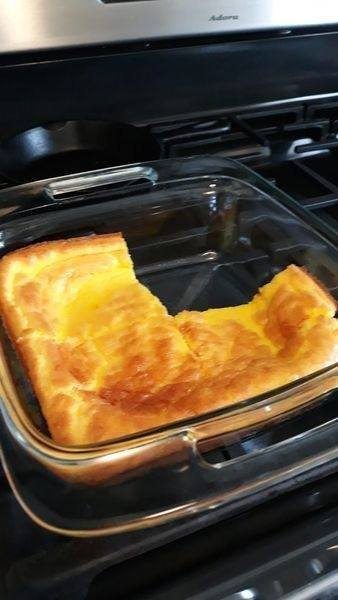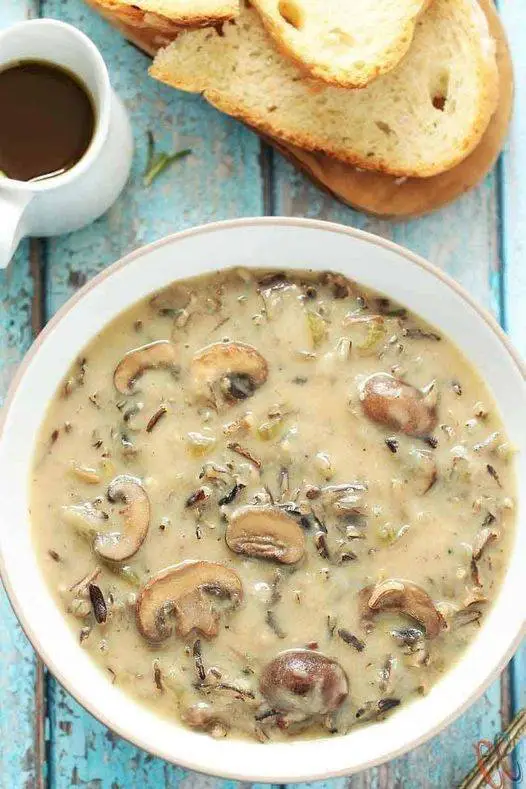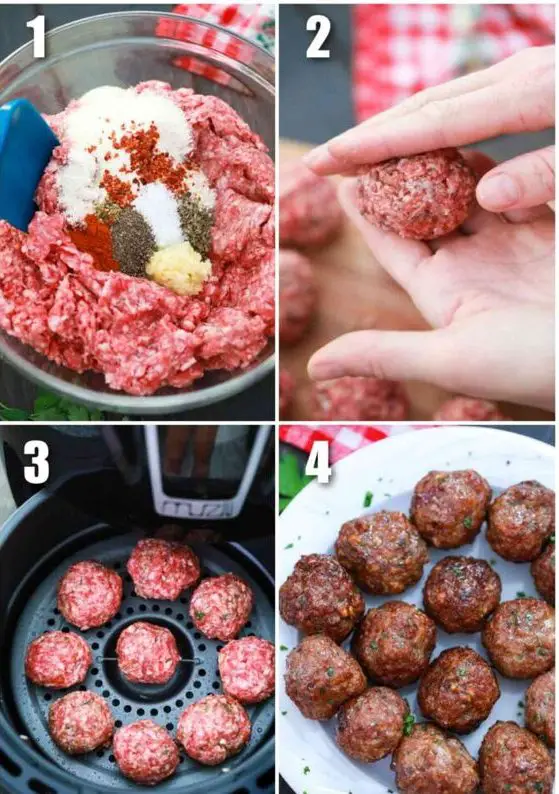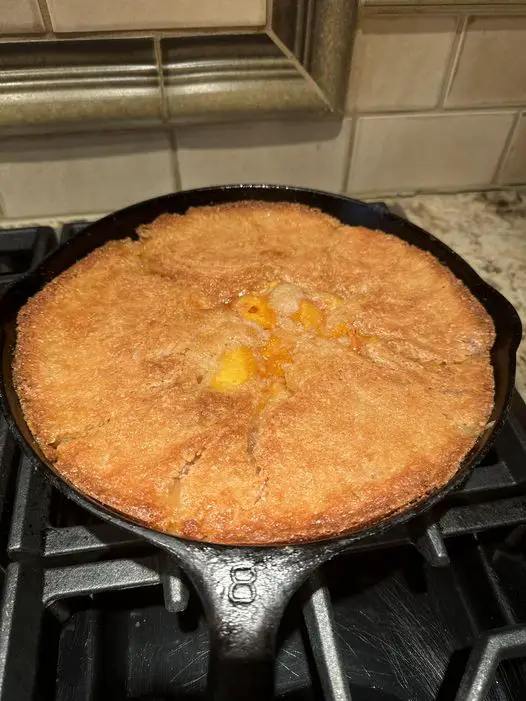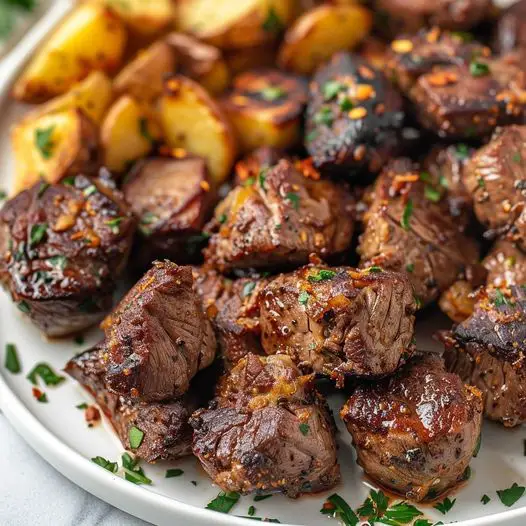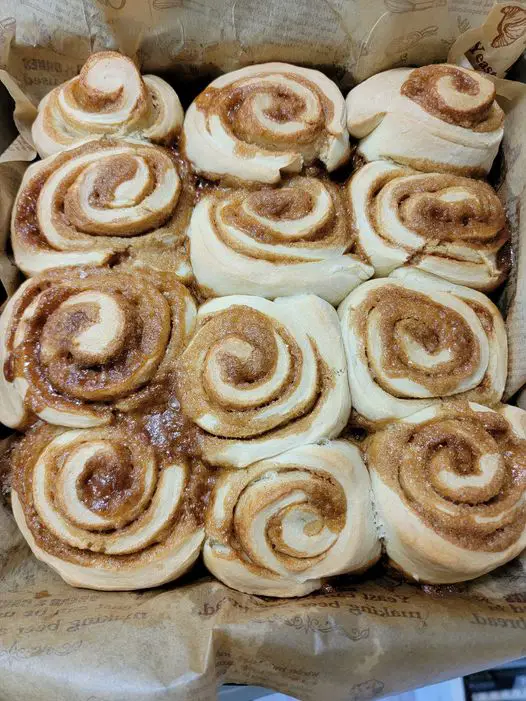German Pancake
German pancakes, also known as Dutch babies, are a delightful breakfast dish that puffs up beautifully in the oven, creating a light and airy texture. They are easy to make and can be topped with a variety of delicious options, making them a versatile choice for any meal. This recipe will guide you through the process of making a classic German pancake, complete with preparation time, cooking intensity, and nutritional information.
Preparation Time
- Total Time: 30 minutes
- Preparation Time: 10 minutes
- Cooking Time: 20 minutes
Intensity Level
- Difficulty: Easy
- Skill Level: Beginner to Intermediate
Ingredients
For the German Pancake:
- 1 cup all-purpose flour
- 1 cup milk (whole or 2%)
- 4 large eggs
- 1/4 cup unsalted butter (plus extra for greasing the pan)
- 1/4 teaspoon salt
- 1 teaspoon vanilla extract (optional)
- 1 tablespoon sugar (optional, for sweetness)
For Toppings (optional):
- Powdered sugar
- Fresh fruits (e.g., berries, bananas, or apples)
- Maple syrup or honey
- Lemon juice
- Cinnamon
- Whipped cream
Equipment Needed
- 1 large mixing bowl
- 1 whisk or electric mixer
- 1 oven-safe skillet (cast iron preferred)
- Measuring cups and spoons
- Spatula
- Oven mitts
Instructions
Step 1: Preheat the Oven
- Preheat your oven to 425°F (220°C). This high temperature is essential for achieving the perfect puff in your German pancake.
Step 2: Prepare the Skillet
- Place your oven-safe skillet in the oven while it preheats. This will ensure that the skillet is hot enough to create a nice crust on the pancake.
Step 3: Mix the Batter
- In a large mixing bowl, combine the flour, milk, eggs, salt, vanilla extract (if using), and sugar (if using). Whisk the ingredients together until the mixture is smooth and well combined. You can also use an electric mixer for this step if you prefer.
Step 4: Melt the Butter
- Once the oven has preheated and the skillet is hot, carefully remove the skillet using oven mitts. Add the 1/4 cup of unsalted butter to the skillet. The butter will melt quickly; swirl it around to ensure it coats the bottom and sides of the skillet evenly.
Step 5: Pour in the Batter
- Immediately pour the batter into the hot skillet over the melted butter. Be cautious, as the skillet will be very hot.
Step 6: Bake the Pancake
- Place the skillet back into the oven and bake for 20 minutes. Do not open the oven door during this time, as the sudden temperature change can cause the pancake to deflate.
Step 7: Check for Doneness
- After 20 minutes, check the pancake. It should be puffed up and golden brown around the edges. If it’s not quite there, you can leave it in for an additional minute or two, but keep a close eye on it.
Step 8: Serve
- Once done, carefully remove the skillet from the oven. The pancake will begin to deflate as it cools, which is normal. Use a spatula to gently slide the pancake onto a serving plate.
Step 9: Add Toppings
- Dust the pancake with powdered sugar, if desired. You can serve it with fresh fruits, a drizzle of maple syrup or honey, a squeeze of lemon juice, or a sprinkle of cinnamon. Whipped cream can also be a delightful addition.
Step 10: Enjoy!
- Slice the pancake into wedges and serve immediately. Enjoy your fluffy, delicious German pancake with your favorite toppings!
Tips for the Perfect German Pancake
- Use Room Temperature Ingredients: For the best results, ensure that your eggs and milk are at room temperature before mixing. This helps create a smoother batter and contributes to the pancake’s fluffiness.
- Don’t Open the Oven Door: As mentioned, avoid opening the oven door while the pancake is baking. The sudden drop in temperature can cause it to collapse.
- Experiment with Flavors: Feel free to customize your pancake by adding spices like nutmeg or cardamom to the batter or incorporating chocolate chips or nuts for added texture.
Nutritional Information (per serving, serves 4)
- Calories: 220
- Protein: 8g
- Carbohydrates: 30g
- Dietary Fiber: 1g
- Sugars: 2g
- Fat: 9g
- Saturated Fat: 5g
- Cholesterol: 110mg
- Sodium: 200mg
Nutritional Breakdown
- Calories: The pancake is relatively low in calories, making it a great option for breakfast.
- Protein: With 8 grams of protein per serving, it provides a good start to your day.
- Carbohydrates: The carbohydrates primarily come from the flour and milk, offering energy.
- Fats: The unsalted butter adds richness and flavor, but you can reduce the amount for a lighter version.
- Vitamins and Minerals: Eggs provide essential vitamins and minerals, including Vitamin D and B12.
Conclusion
German pancakes are a fantastic breakfast option that is simple to prepare and sure to impress. With their fluffy texture and endless topping possibilities, they can be customized to suit any palate. Whether you enjoy them sweet or savory, this recipe is a great addition to your breakfast repertoire. So gather your ingredients, preheat your oven, and get ready to enjoy a delicious German pancake that will have everyone asking for seconds
